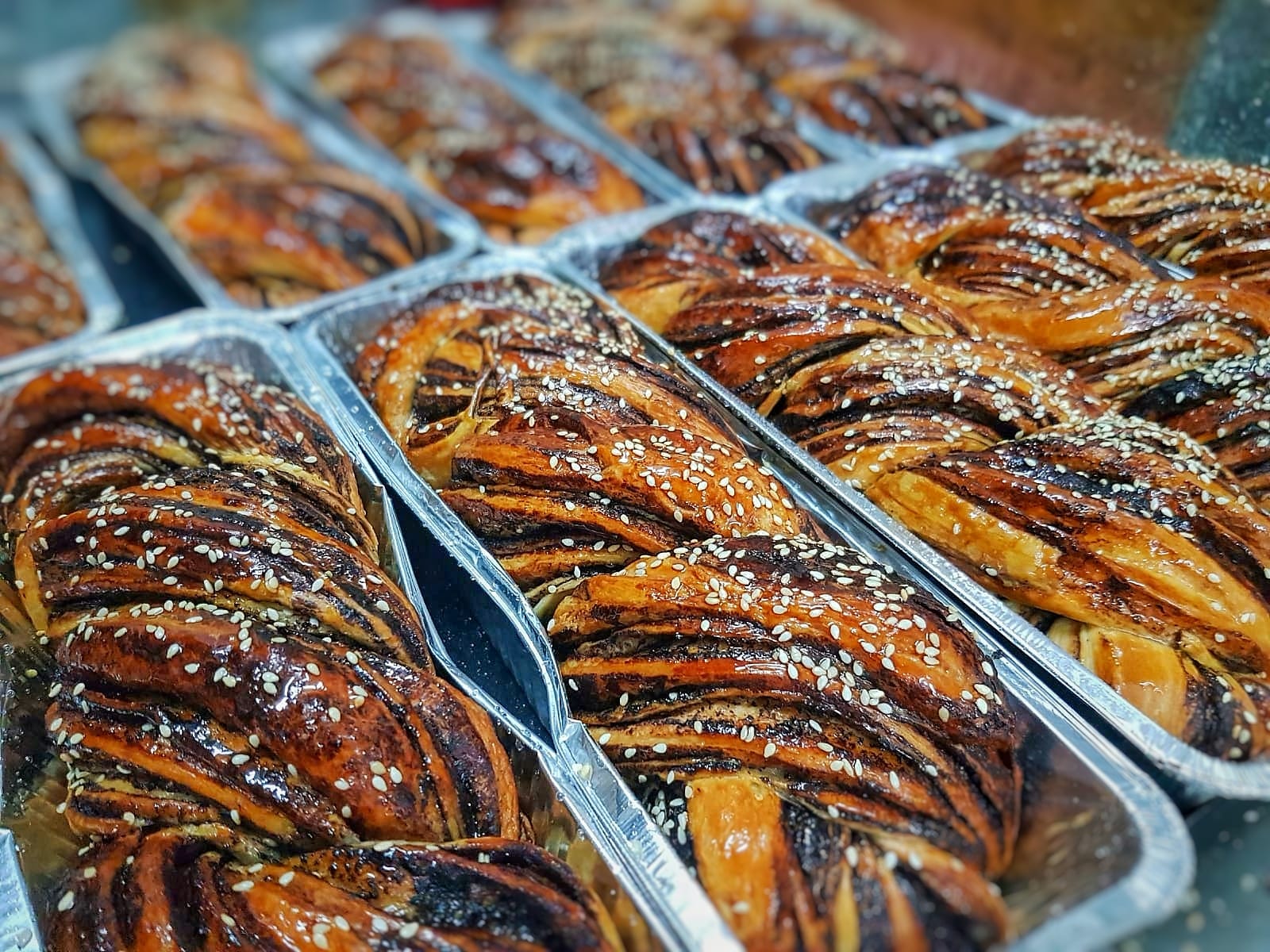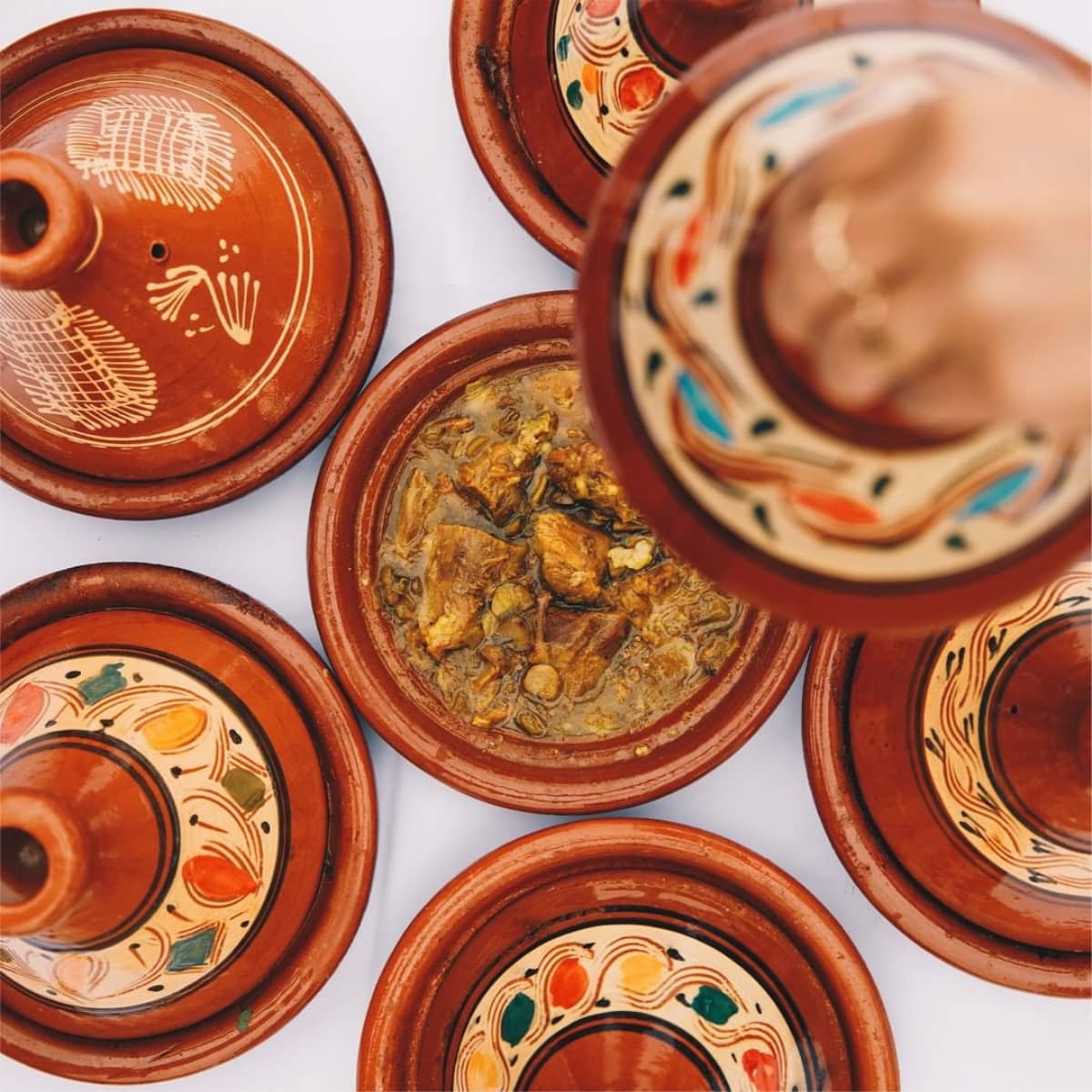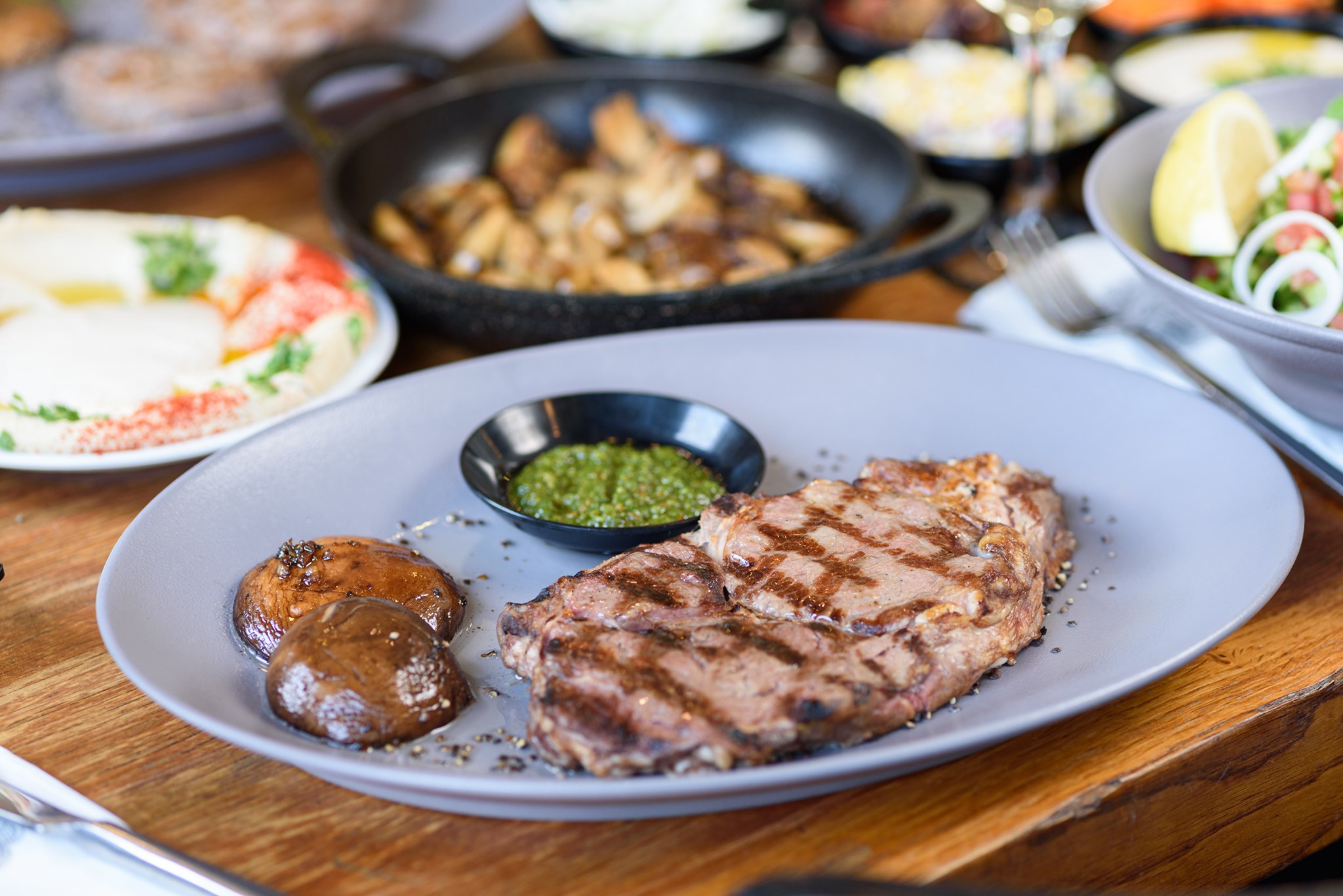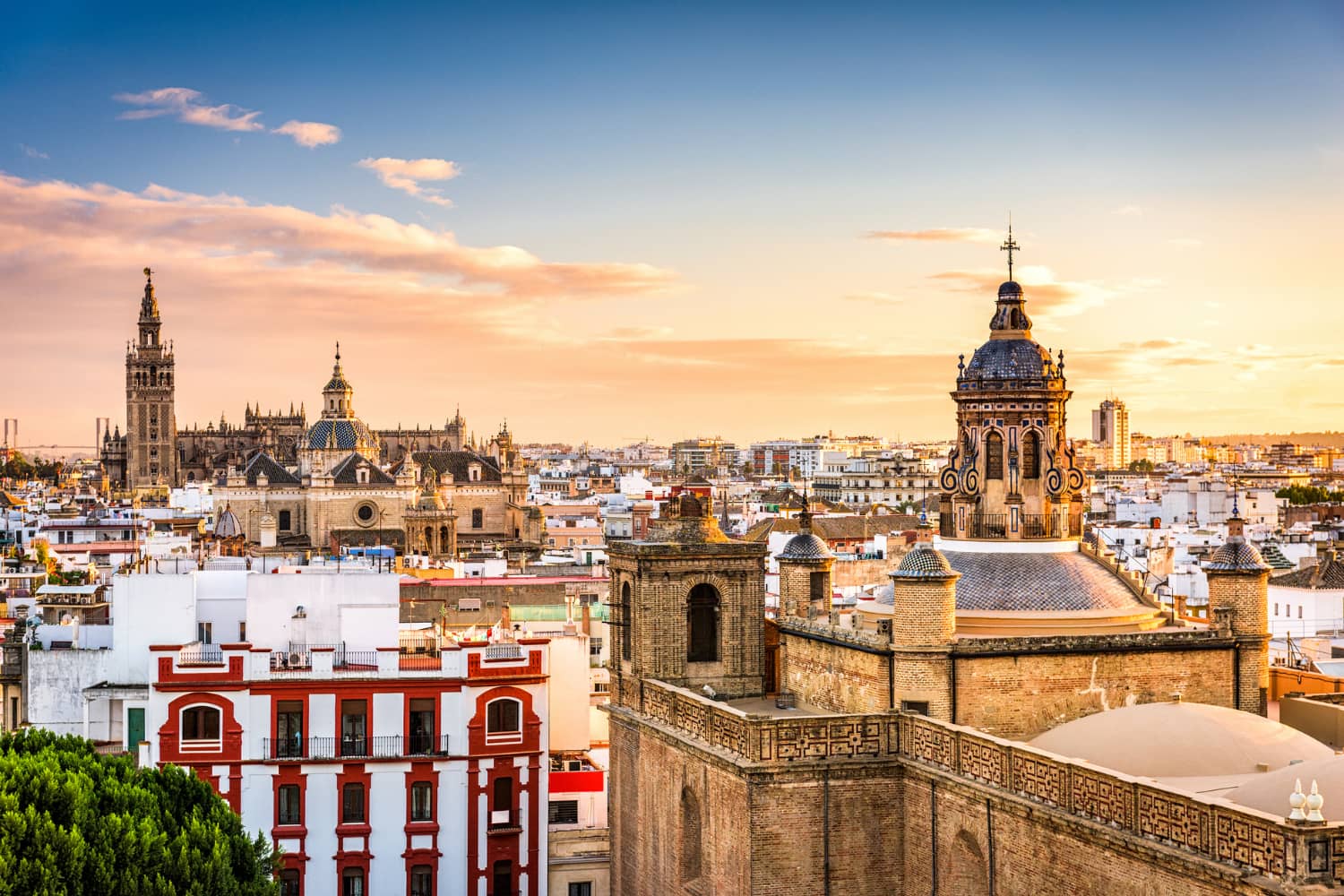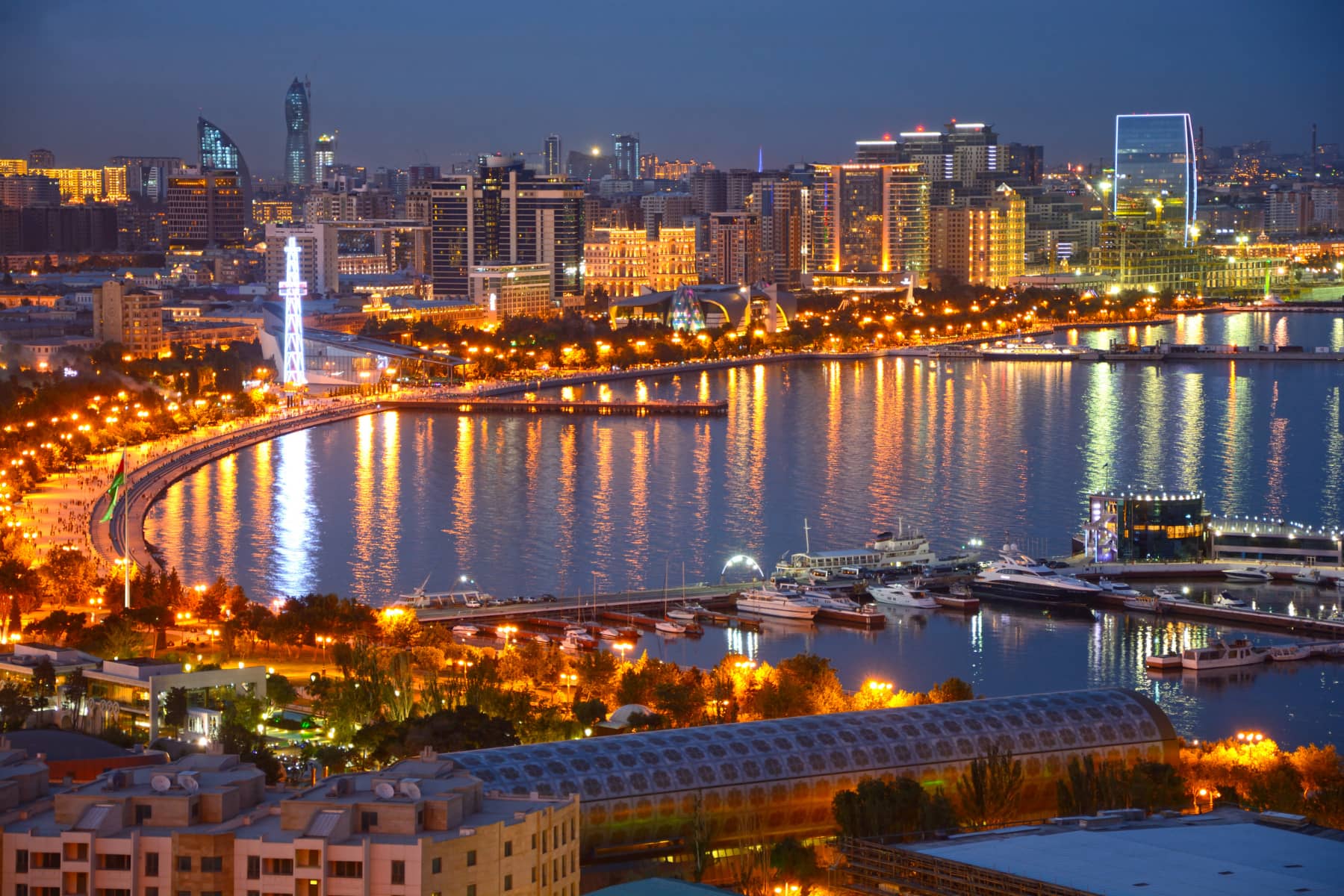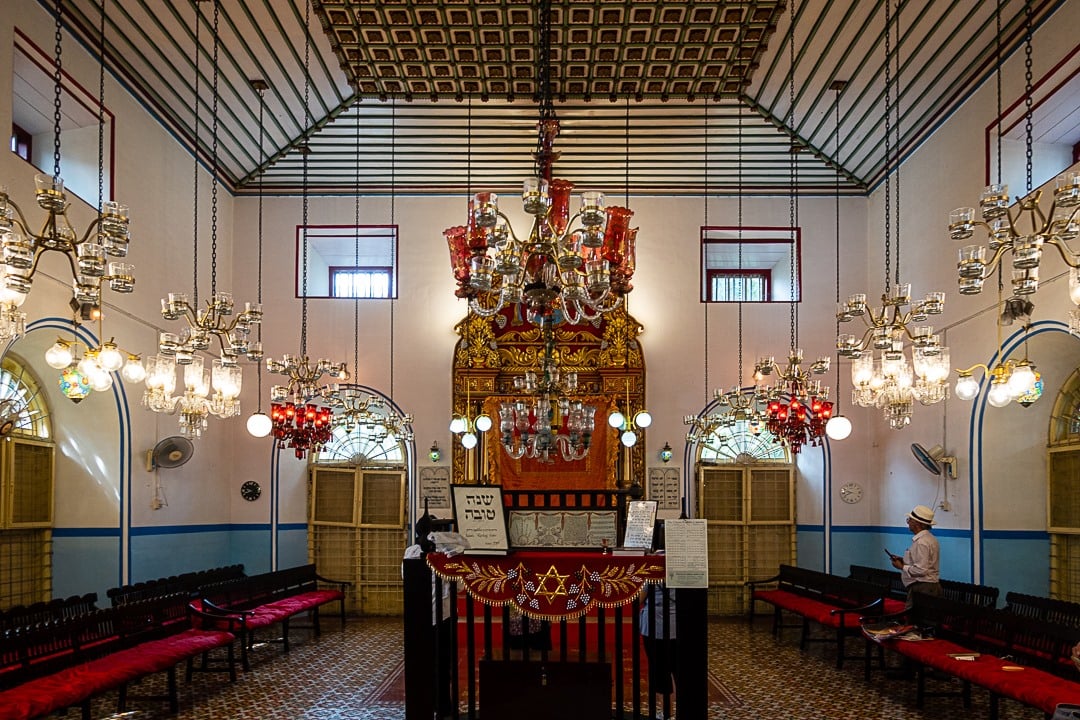In the heart of the Beer Sheva market, lies an 80’s style bakery that has been there since just then. In 1979, Umi and the other Kalman brothers began making bourekas, hot and fresh. At Bourekas Umi- Mafiat Ha’Pikud, one can find typical fillings such as cheese, spinach and potatoes. Umi’s slogan is that ‘Even when it comes to bourekas, one needs to know how to make them just right’, and this bakery certainly lives up to that motto!
Archives: Directory listings
Directory listings
Beit Ha’Ful
Since 1952, Beit Ha’Ful has become a well known name on the streets of Beer Sheva. This community hangout is run by Ya’akov Bitton, who is the second generation of founders of the restaurant. Beit Ha’Ful is a drop-in for all types of people, attracting factory workers who come for something tasty to eat during a break, amongst intellectuals, who arrive for the quality food and relaxed atmosphere. The signature dish of this authentic Egyptian kitchen is, of course, hummus with a healthy dose of extra hot and juicy ful (fava beans).
Miri’s Sandwich
Amongst the chaos of stalls lining the alleyways of the exciting Beer Sheva market, those in the know will direct you to a small Tunisian fricassée stall- Sandwich Miri. This little corner is usually inhabited by regular customers. In the midst of the commotion of the small kitchen, Miri prepares all types of stuffed vegetables and fried treats. Her famous stir fry, which keeps customers coming back day after day, is available in a fresh baguette with a side of juicy olives. Tunisian shakshuka is served straight from the pan, for the perfect lunchtime meal!
Yakuta
Babar, one of the owners of Yakuta, began his journey in the kitchen at the age of six. He used to sit and watch his parents and grandparents cook up a storm of traditional North African cuisine. The original restaurant opened in 1965, and since then has moved a few times until it found its current location. Babar believes in preparing each dish to suit the individual customer’s personal preferences. At Yakuta, there is a huge menu, including favorites such as tajine dishes served in earthenware pots. Like any great restaurant in Israel, there is of course a selection of fresh salads on the side!
Shipudei Tzipporah
Shipudei Tzipporah, is one of Israel’s pioneer steakhouses. Tzipporah, despite her already wide variety of grilled meats, takes pride in the additional turkey shawarma skewer rotating in the middle of the kitchen. Accompanying the meat is hot laffa bread, the perfect side to satisfy one’s appetite, without a doubt!
Ha’Kochav
In the industrial area of Kiryat Bialik, one can find a real worker’s tavern, open from eleven in the morning, until three in the afternoon. At this family-run restaurant, one can find a large selection of North African dishes, specifically from Morocco. When eating at Ha’Kochav, the only dilemma is what to choose, the couscous or the mafrum?
Red Sea Jazz Festival
This four-day jazz bonanza features 9-10 concerts every evening, as well as 6 workshops with surprise guess artists and nightly jam sessions. This all takes place in the beautiful Red Sea area in the Eilat port surrounded by the famous red hills. This festival was first held in 1987 and offers a combination of both international and local jazz artists. It runs as a non-profit organization with the support of the Eilat municipality and the ministry of tourism. It usually draws audiences of around 70,000 people! If you’re a fan of Jazz you won’t want to miss this festival.
Nora Kaplan Sephardic Tour
Come and experience the history of Jews in Spain: explore museums and world heritage sites, walk through the old cobbled lanes of Jewish neighborhoods, take in the splendid architecture and eat delicious food, drink Spanish wine while learning about the Golden Age of the Jews of Sepharad on this unique family run, multi-day Jewish Heritage Tour to Spain.
Azar N
Azar is a professional tour guide from Baku who offers a variety of tours in English, Russian, and Turkish. He offers half-day, full day and multi-day tours in Baku, Gabala, and Guba.
Jewish Heritage and Cochin Highlights
Visit Cochin’s historic synagogues, remnants of its once-flourishing Jewish community. Walk along Jew Street to the exquisite 450-year-old Paradesi Synagogue. The stunning interiors boast Belgian chandeliers and Chinese tiles. Of seven local synagogues, it is the only one still in operation. Visit cemetery in Mattancherry; explore the area’s antique shops and spice markets, the dramatic Chinese fishing nets. Enjoy the amazing Ernakulam Synagogue that has just been renovated, and the Parur Synagogue, an architectural gem dating from 1616 that is now a museum.
